August 1, 2025 – The White House has announced changes to U.S. tariff policy under a new executive order aimed at addressing longstanding trade imbalances. The order, signed by President Donald Trump, introduces adjustments to ad valorem duties applied to imports from various trading partners, as part of an ongoing strategy to revise trade relationships and strengthen national economic interests.
The updated policy follows Executive Order 14257, issued in April, which declared a national emergency in response to persistent annual goods trade deficits. The new executive order imposes modified tariffs on specific countries based on current trade negotiations and reciprocal commitments. The administration stated that these measures are intended to encourage balanced trade practices and enhance the resilience of critical supply chains.
The executive order outlines revised ad valorem duty rates, with specific provisions for countries engaged in active negotiations or near agreement with the United States. For example, goods from trading partners that have agreed to, or are finalizing, trade and security agreements will continue to face transitional tariff rates until formal deals are completed.
Under the revised tariff framework, goods from the European Union with current tariff rates under 15% will now be subject to a combined rate of 15%. Products with tariffs already above that threshold will not see additional increases. Imports from countries not listed in the order’s annex will be subject to a 10% additional duty.
The U.S. will also impose a 40% penalty duty on goods determined to be transshipped in an attempt to evade tariff obligations. Customs and Border Protection will publish biannual lists of facilities and countries involved in circumvention activities to support enforcement, national security reviews, and procurement decisions.
Modifications to the Harmonized Tariff Schedule of the United States (HTSUS) will go into effect seven days after the order’s issuance, with certain transit exceptions. Agencies including the Departments of Commerce and Homeland Security, as well as the U.S. Trade Representative, are tasked with monitoring compliance and recommending further actions if necessary.
This move reflects an evolving U.S. trade strategy centered on reciprocity and economic security, with continued oversight planned to evaluate foreign partner cooperation and potential retaliatory measures.
#TradePolicy #TariffsAndDuties #GlobalTradeUpdate #SupplyChainNews #EconomicSecurity

















